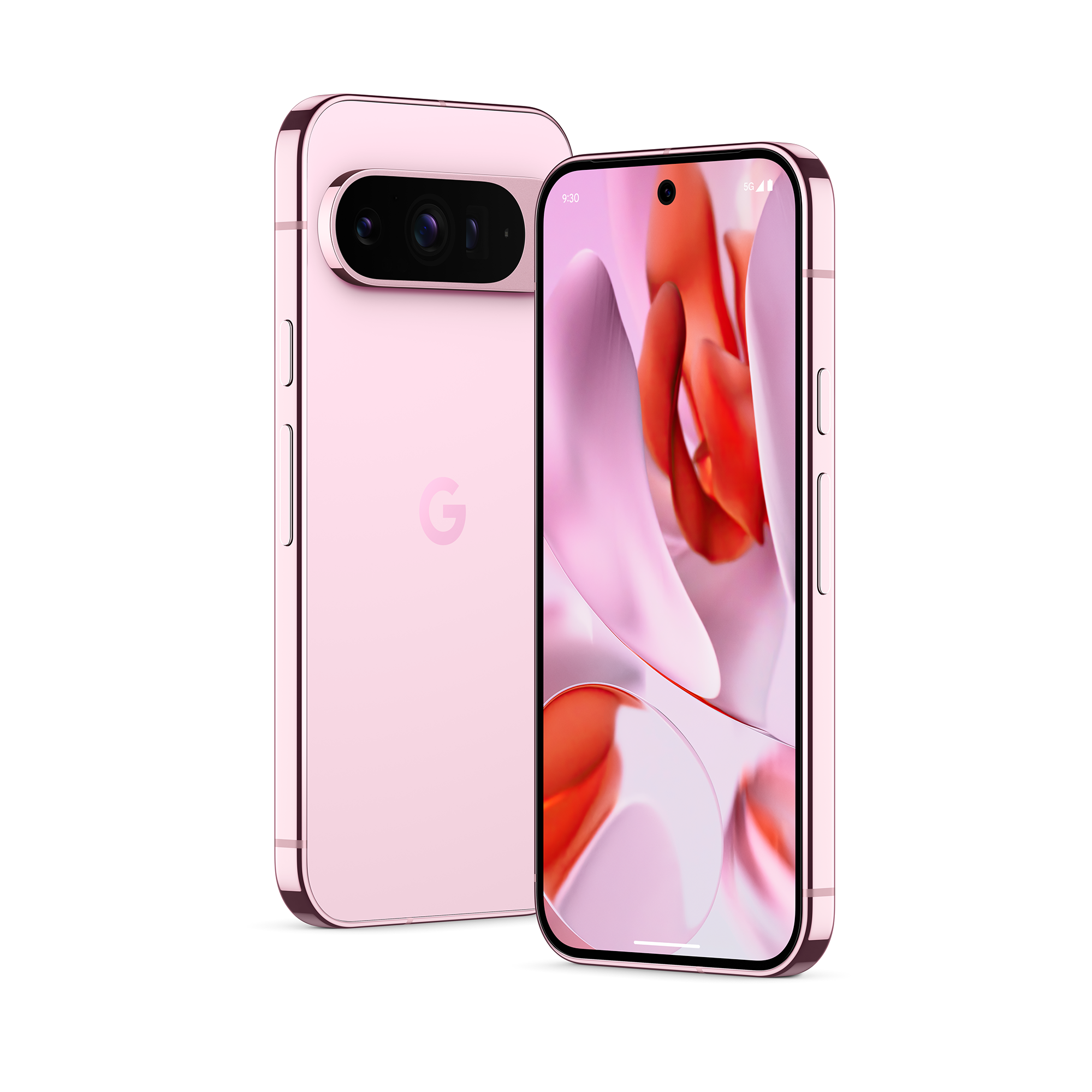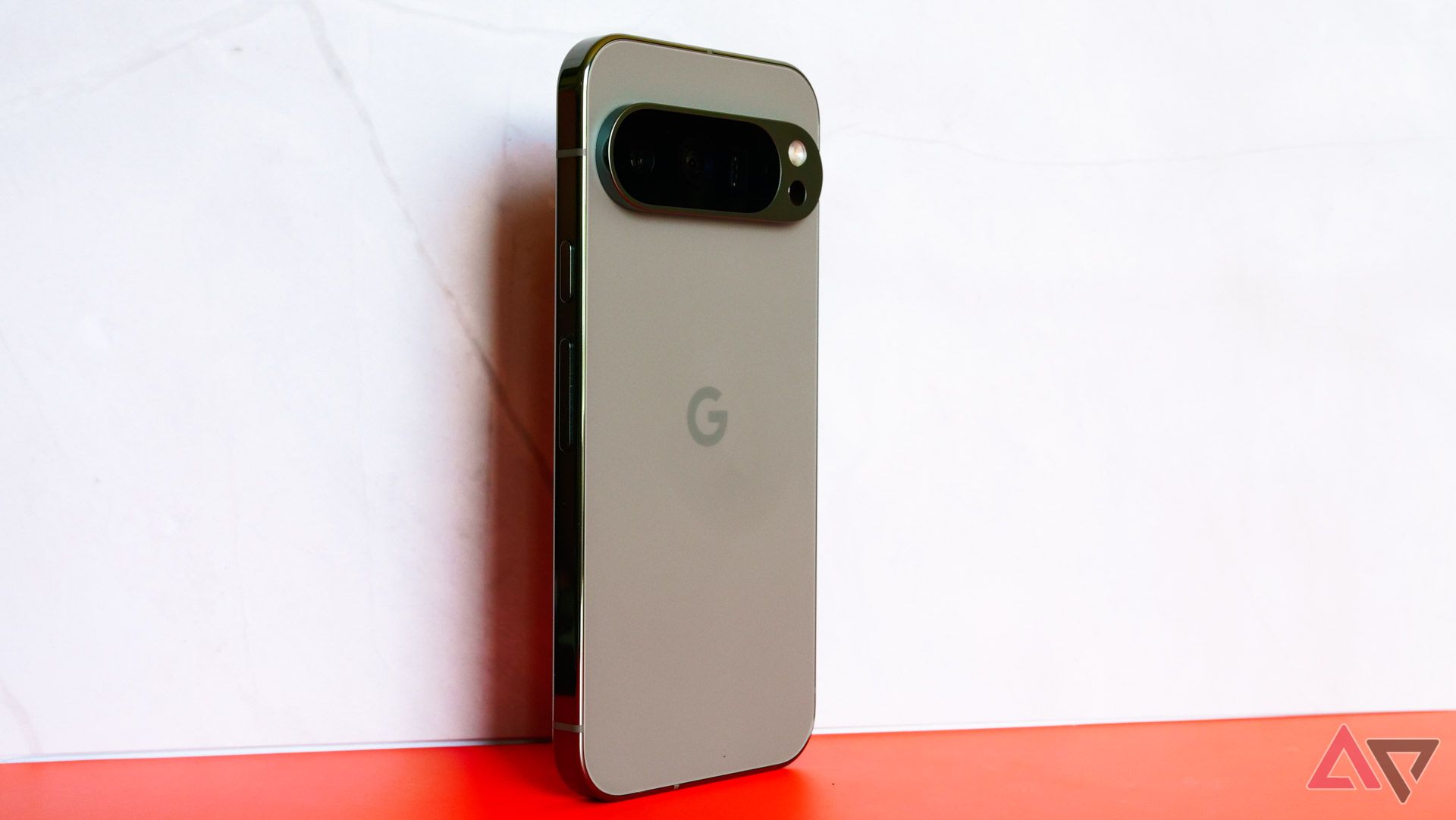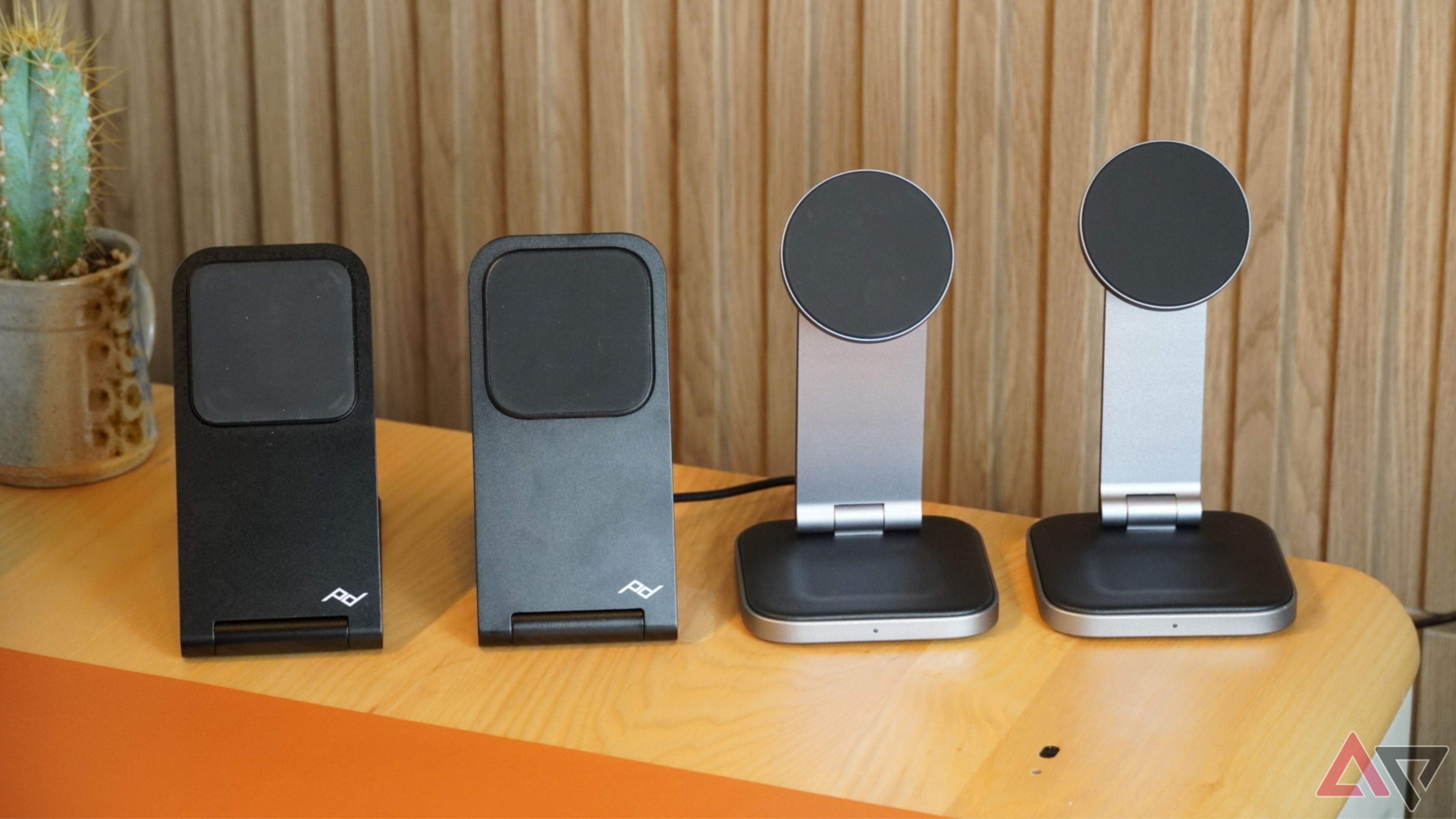Quick answer:
The Pixel 9 Pro — and the rest of the Pixel 9 series — doesn’t include Qi2 support. However, you can still use a Qi2 charger to charge the Pixel 9 Pro.
Wireless charging has become a staple feature on flagship smartphones, offering users a more convenient way to power up their devices without dealing with cables. The advent of Qi2, the latest wireless charging standard, promised to elevate the experience further.
Naturally, when the Google Pixel 9 series hit the market, many assumed it would lead the charge (pun intended) in adopting Qi2. However, as it turns out, that wasn’t the case. Let’s take a closer look at what it means for the Pixel 9 Pro and how it affects you.
Does the Pixel 9 Pro support Qi2 wireless charging?
While the Pixel 9 Pro delivers top-tier hardware, powerful software, and Google’s best camera system yet, it falls short when it comes to adopting the latest Qi2 wireless charging tech. The Pixel 9 Pro sticks with the older Qi standard, offering wireless charging speeds of up to 12W with standard Qi chargers. For those seeking faster charging, Google’s 2nd-gen Pixel Stand can bump this up to 21W, but this is exclusive to that specific charger.
But don’t worry — the Pixel 9 Pro will still charge just fine using the best Qi2 chargers, just like most other Android phones. It’s backward compatible, meaning you won’t lose out on the convenience of using newer charging pads. You just won’t get the cool magnetic alignment that Qi2 brings to the table, similar to Apple’s MagSafe.
When asked why it didn’t jump on the Qi2 bandwagon, Google said that Qi chargers are already widely available and that there weren’t any “tangible benefits” to switching. While that might not sound entirely convincing, especially when you see the sheer number of MagSafe-style accessories for Android phones being sold online, it’s a sentiment shared by other Android manufacturers.
This year’s flagship phones from Samsung and Motorola, for example, also skipped out on Qi2. On the other hand, Apple embraced it with the iPhone 13 and beyond, resulting in a vast ecosystem of useful MagSafe accessories that we have currently.
What are the benefits of Qi2 charging?
Qi2 takes wireless charging up a notch by introducing built-in magnets and more advanced communication protocols. These upgrades mean your phone can perfectly align with the charging pad every time, making the connection smoother and more reliable. Plus, Qi2 sets the stage for even faster charging speeds in the future as the tech continues to evolve.
When Qi2 was announced, the excitement around its Magnetic Power Profile (MPP) caused many to think that all Qi2-certified devices would include this magnetic alignment system. However, we soon found out this isn’t a requirement — devices can support Qi2 without using the MPP.
That being said, we can assume that if/when Android phones finally adopt Qi2, they will do it with MPP. The magnets inside will open up exciting possibilities for accessories that quickly snap onto your phone. While you can achieve magnetic compatibility using third-party cases, magnets built into the phone will surely make the connection stronger and make it easier for companies to design accessories around any phone.
If you’re disappointed that the Pixel 9 Pro lacks Qi2, there’s a workaround. Some of the best cases for the Pixel 9 Pro offer MagSafe-style magnetic rings, which will technically let you use magnetic accessories and wireless chargers with your phone.

Google Pixel 9 Pro
The Pixel 9 Pro is a new addition to Google’s lineup, slotting in as a smaller premium flagship to pair with the Pixel 9 Pro XL. The latter is the direct successor to 2023’s Pixel 8 Pro despite its new XL moniker, whereas the Pixel 9 Pro brings a new form-factor to Google’s high-end offerings, sporting the same dimensions as the standard Pixel 9 model while packing all the AI and camera prowess we’ve grown accustomed to from Google’s Pro lineup.
Source link



